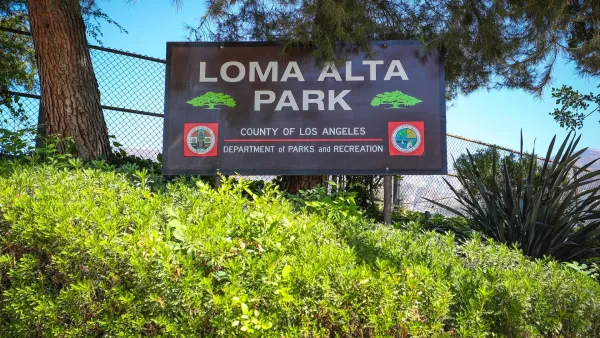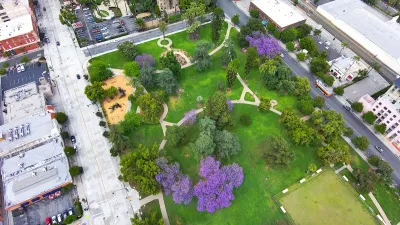The recent LA wildfires have devastated parks and trails, with recovery efforts requiring extended closures, collaborative restoration plans, and community support to address extensive damage and long-term risks like landslides.

The recent wildfires in Los Angeles have devastated some of the region’s most beloved parks and trails, leaving a mix of hope and uncertainty for recovery. While LA City parks are expected to reopen soon, visitors are advised to wear masks due to unhealthy air quality. In contrast, LA County trails and about 20 parks remain closed, with extensive damage reported in areas like Eaton Canyon and the Pacific Palisades. Tragically, the Eaton Canyon Nature Center and several other park structures were destroyed, adding to the community’s sense of loss. (The LA County Parks Foundation is accepting donations to help restore the Eaton Canyon Nature Center.)
As reported by Ashley Orona, officials face significant challenges in assessing the full scope of the damage, as some fire-affected areas remain unsafe to access. Beyond visible destruction, concerns about landslides and debris flow threaten the region, particularly as the loss of vegetation destabilizes hillsides. Recovery efforts will involve collaboration among various agencies to develop plans that prioritize safety and environmental healing. In some cases, trails may remain closed for extended periods to allow nature to recover, mirroring strategies used after previous fires.
Community groups like We Explore Earth are stepping up to assist in restoration efforts, mobilizing volunteers and gathering resources to support the healing process once it is safe to do so. Their commitment reflects the profound connection many Angelenos feel toward these natural spaces, emphasizing the importance of collective action in restoring the parks and trails as well as the sense of community they inspire.
FULL STORY: Some LA parks are reopening. For others, it’s a long road to recovery.

Planetizen Federal Action Tracker
A weekly monitor of how Trump’s orders and actions are impacting planners and planning in America.

Map: Where Senate Republicans Want to Sell Your Public Lands
For public land advocates, the Senate Republicans’ proposal to sell millions of acres of public land in the West is “the biggest fight of their careers.”

Restaurant Patios Were a Pandemic Win — Why Were They so Hard to Keep?
Social distancing requirements and changes in travel patterns prompted cities to pilot new uses for street and sidewalk space. Then it got complicated.

Platform Pilsner: Vancouver Transit Agency Releases... a Beer?
TransLink will receive a portion of every sale of the four-pack.

Toronto Weighs Cheaper Transit, Parking Hikes for Major Events
Special event rates would take effect during large festivals, sports games and concerts to ‘discourage driving, manage congestion and free up space for transit.”

Berlin to Consider Car-Free Zone Larger Than Manhattan
The area bound by the 22-mile Ringbahn would still allow 12 uses of a private automobile per year per person, and several other exemptions.
Urban Design for Planners 1: Software Tools
This six-course series explores essential urban design concepts using open source software and equips planners with the tools they need to participate fully in the urban design process.
Planning for Universal Design
Learn the tools for implementing Universal Design in planning regulations.
Heyer Gruel & Associates PA
JM Goldson LLC
Custer County Colorado
City of Camden Redevelopment Agency
City of Astoria
Transportation Research & Education Center (TREC) at Portland State University
Camden Redevelopment Agency
City of Claremont
Municipality of Princeton (NJ)





























